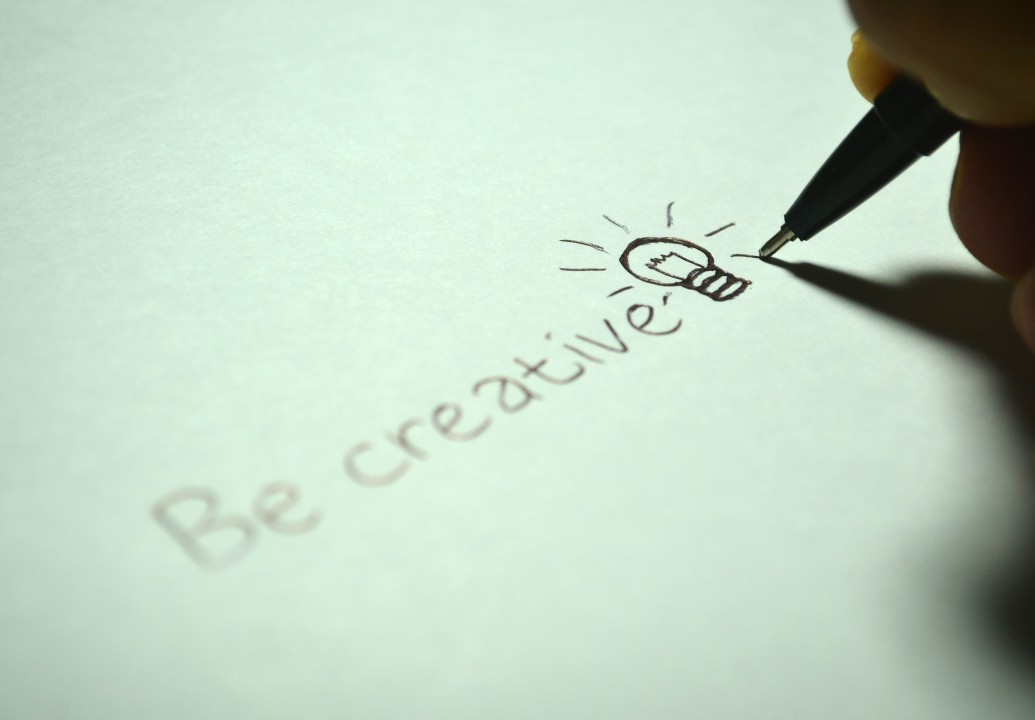wherearewegoing.net – Writing is an art form that begins in the mind and ends on the page, but the journey from inspiration to ink is a complex and often mysterious process. Every writer has their own unique method for transforming ideas into words, but there are common threads that weave through the creative process of writers across genres and styles. This article will explore the stages of creativity that writers typically experience, from the initial spark of inspiration to the final draft.
The Spark of Inspiration
The creative process often starts with a spark of inspiration. This can come from anywhere: a snippet of conversation overheard in a coffee shop, a striking image in a photograph, a line from a song, or even a dream. Inspiration is elusive and unpredictable, but it is the essential first step in the writer’s journey. It is the seed from which a story, poem, or essay will grow.
Idea Development
Once the initial spark has been ignited, writers must nurture it into a flame. This involves developing the idea, asking questions, and exploring possibilities. Writers might create character sketches, outline plot points, or jot down thematic ideas. This stage is about expanding the initial concept into something with substance and potential.
The Outline
For some writers, the next step is to create an outline. An outline can be as detailed or as loose as the writer prefers, but it serves as a roadmap for the writing process. It helps writers organize their thoughts and plan the structure of their work. Outlines can be particularly useful for writers who are working on longer pieces, such as novels or research papers.
The First Draft
With a solid idea and an outline in place, it’s time to start the first draft. This is where the writer begins to translate their thoughts into words. The first draft is often messy and imperfect, but it’s a crucial step. It’s important for writers to allow themselves the freedom to write without self-editing at this stage. The goal is to get the story down on paper, knowing that it will be refined later.
Revision and Editing
After the first draft is complete, the real work often begins. Revision and editing are where the writer shapes and polishes their work. This can involve rewriting sections, cutting unnecessary content, and adding new material. It’s a process of trial and error, as writers experiment with different approaches to find the best way to tell their story.
Feedback and Critique
Many writers find it helpful to seek feedback from others during the revision process. This can come from writing groups, beta readers, or trusted colleagues. Constructive criticism can provide valuable insights and help writers see their work from a new perspective.
The Final Draft
After several rounds of revision and editing, the writer will arrive at the final draft. This is the version of the work that is ready to be shared with the world. It’s a moment of pride and accomplishment, as the writer has taken an idea from the realm of thought and transformed it into a tangible piece of writing.
Publication and Beyond
For many writers, the goal is to see their work published. This can involve submitting to literary journals, finding a publisher, or self-publishing. The journey doesn’t end with publication, however. Writers often continue to reflect on their work and may even revise it further based on reader feedback.
The creative process of writers is a personal and evolving journey. It requires patience, persistence, and a willingness to embrace the unknown. From the spark of inspiration to the final publication, each step is an opportunity for growth and discovery. Whether writing for pleasure or publication, the process of transforming an idea into a finished piece of writing is a rewarding endeavor that enriches both the writer’s life and the lives of their readers.
